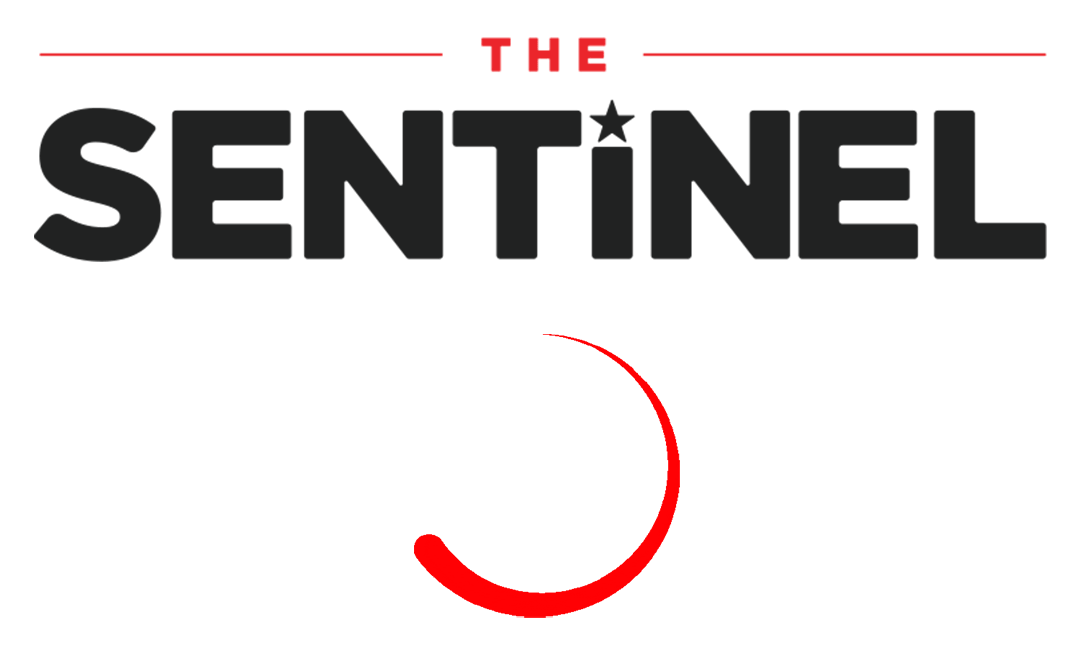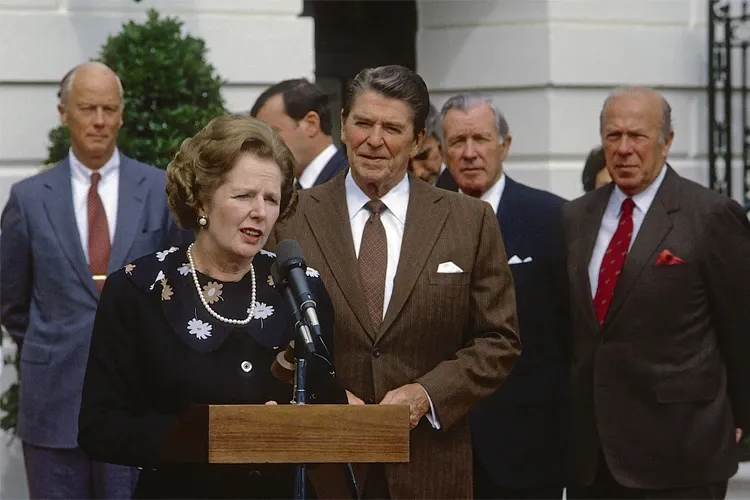There was once a time when American public schooling involved catechisms, scripture memorization, and prayer. Even more surprisingly, this was uncontroversial for quite some time.
The first few generations of Americans learned to read via the New England Primer, which contains the entire Westminster Shorter Catechism, Bible verses and prayers to memorize, and short, catchy rhymes about Christian beliefs and character formation. In one lesson on the alphabet, the entry for “A” reads, “In Adam’s fall, we sinned all.”
In the mid-19th century, the McGuffey Readers became the primer of choice. The McGuffey Readers also contained selections from the Bible and lessons in Presbyterian values and ethics. The McGuffey Readers became one of the most ubiquitous books in the country and could be found in nearly every school and household, alongside the Bible and Webster’s Dictionary.
Both the New England Primer and the McGuffey readers remained in print well into the 19th century and were used in public schools until the early 20th century.
“People in 2023 are like, ‘Hello, I am a weird, damaged person who has personal pronouns, sees a therapist twice a week, and is on multiple drugs for anxiety and depression. First off, I want to explain why I became a teacher, then I want to tell you how to fix society.’”
From America’s founding to this era, Protestant culture prevailed in education. Schools were places of discipline and learning; rules were unapologetically enforced by stern-but-caring teachers. Students were taught to obey God and their parents, and to pursue diligence and excellence in their schoolwork.
The Protestant consensus began to wane as the US received waves of Catholic immigration from Europe in the latter half of the 19th century. Private Catholic schools sprang up as an alternative to the Protestant-forward public schools. Despite this change, a focus on Christian principles remained strong. But then, gradually, the religious instruction in public schools became less specific to accommodate other religious minorities.
By the 1950s, the remaining vestiges of faith in public schools were mainly school prayer and the fact that a strong majority of Americans were still churchgoing, Bible-believing Christians. However, in 1962, the US Supreme Court held in Engel v. Vitale that prayer in public schools is unconstitutional, and public schools have been officially agnostic since.
Since the 1960s, Americans have diverged sharply in values, beliefs, and lifestyles, and this has left the nation adrift without a united mission or vision for public education. This has led to a strange search for a cultural lowest common denominator - something “in which no one believes, but to which no one objects,” as Margaret Thatcher put it.
This has led to a strange search for a cultural lowest common denominator - something “in which no one believes, but to which no one objects,” as Margaret Thatcher put it.
Some Americans still want their children educated in the nurture and admonition of the Lord, and others want their children educated in the principles of diversity, equity, and inclusion. In the absence of cultural consensus, political power seems to be one of the few levers that can influence the ethos of public education, and thus, school board meetings and zoning hearings have become flashpoints in the culture war.
There is a lot of faith on both sides of the aisle that education can be the silver bullet for overcoming poverty and other false starts in life. However, it is also true that schools are only as good as the values, beliefs, and practices of the people who lead and attend them.
Therefore, the authoritative schoolmistresses and obedient schoolchildren of yesteryear are few and far between. Our egalitarian, secular, self-expressive, therapeutic culture rejects the foundations of well-ordered learning, and a growing number of teachers are steeped in this cultural decline. As one wit observed, “People in 2023 are like, ‘Hello, I am a weird, damaged person who has personal pronouns, sees a therapist twice a week, and is on multiple drugs for anxiety and depression. First off, I want to explain why I became a teacher, then I want to tell you how to fix society.’”
If minds shaped by Biblical wisdom and voracious reading were able to build this free and prosperous nation, minds shaped by the same can certainly revive it, too.
It's a favorite saying of conservatives that politics is downstream from culture, and the state of public education is no exception. While the efforts to rid public schools of gender ideology, CRT, and pornographic library books are commendable, they will not necessarily change the culture of those schools; these schools will remain vulnerable to the whims of political power and whatever worldview occupies the hearts and minds of the teachers, administrators, students, and parents.
Educational reformation is likely to start elsewhere: in faithful homeschooling and Christian schools. If minds shaped by Biblical wisdom and voracious reading were able to build this free and prosperous nation, minds shaped by the same can certainly revive it, too.



